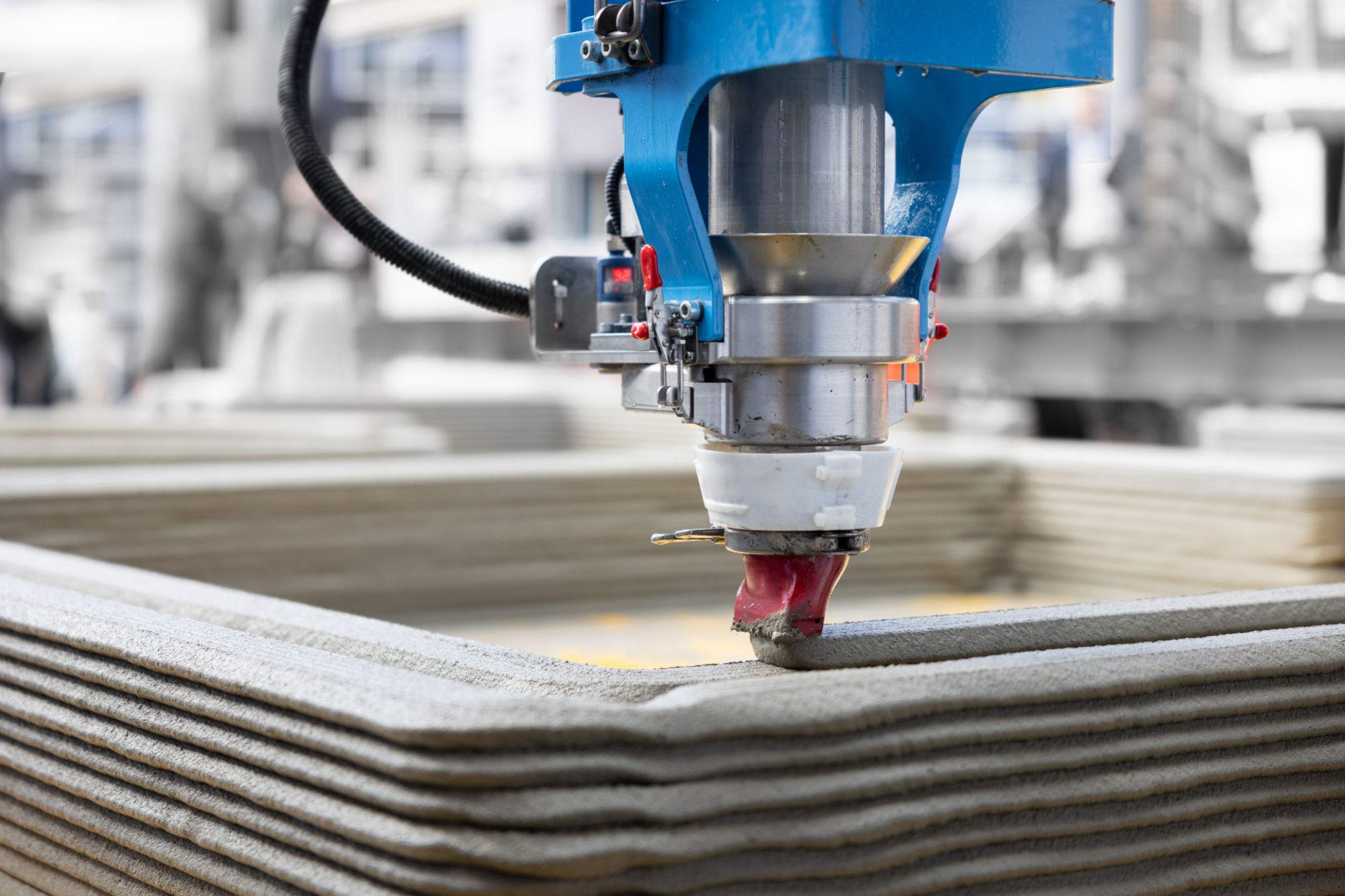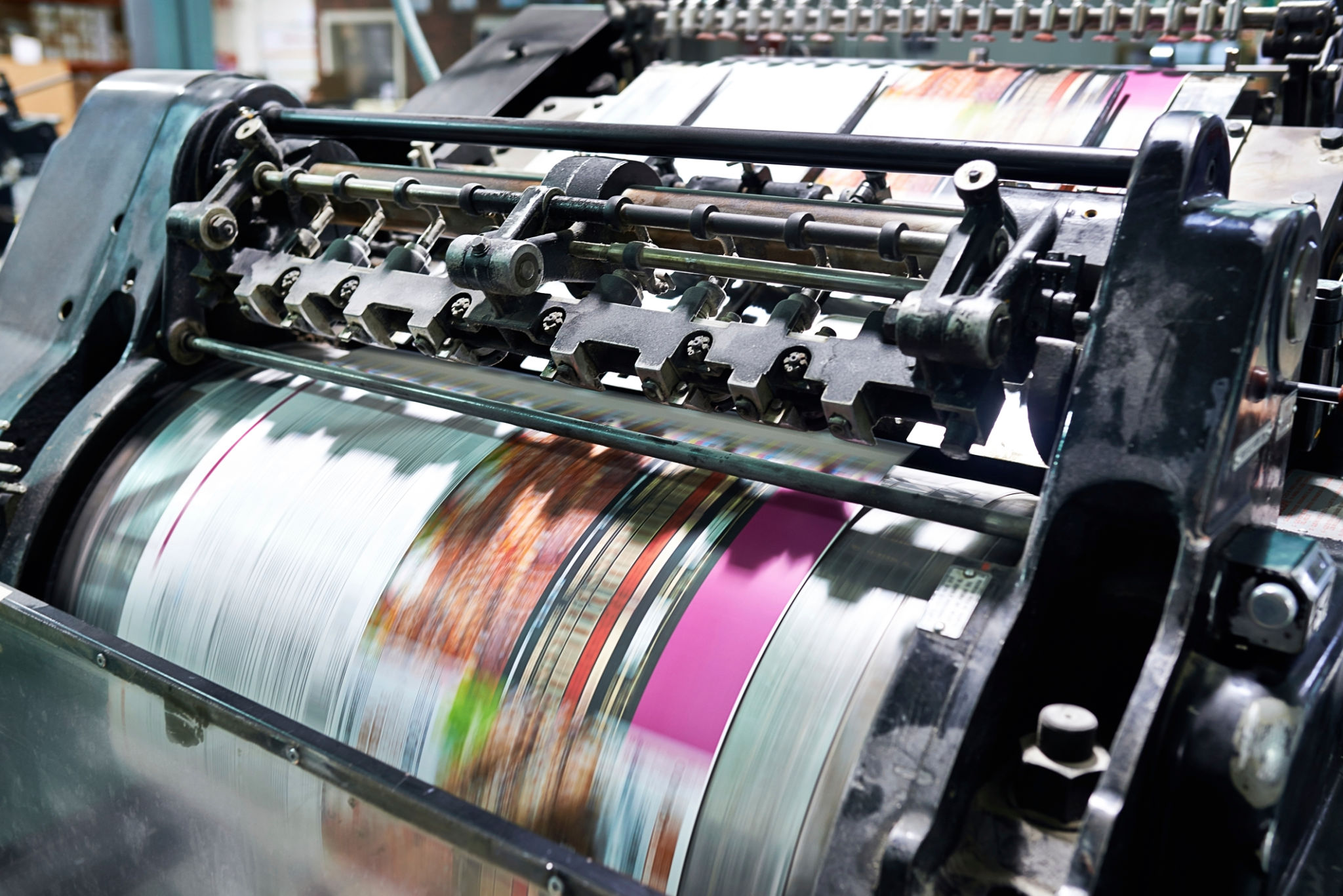Cost-Effective 3D Prints vs. Traditional Methods: A Comprehensive Comparison
Introduction to 3D Printing and Traditional Manufacturing
In recent years, 3D printing has emerged as a revolutionary technology, challenging traditional manufacturing methods. As businesses seek more efficient ways to produce goods, the debate over the cost-effectiveness of 3D prints versus traditional methods has intensified. Understanding the advantages and limitations of each approach is crucial for making informed decisions.

Cost Efficiency: A Key Factor
One of the most significant benefits of 3D printing is its potential for cost reduction. Unlike traditional manufacturing, which often requires expensive molds and tooling, 3D printing can produce items directly from digital files. This eliminates the need for costly initial investments, making it an attractive option for small-scale production or prototyping.
Traditional methods, however, may still hold the upper hand when it comes to large-scale production. The economies of scale achieved in mass production can significantly reduce the per-unit cost, which is often not feasible with 3D printing. Thus, businesses must carefully evaluate their production volume and budget constraints before deciding on a method.
Speed and Flexibility
3D printing offers unmatched flexibility and speed in product development. Designers can easily modify digital files to create new iterations without the need for additional tooling. This rapid prototyping capability allows companies to bring products to market faster and foster innovation.

In contrast, traditional manufacturing might involve longer lead times due to the setup and adjustment of machinery. While this approach might be slower initially, once production is underway, traditional methods can produce large quantities swiftly, offering a balance between speed and volume.
Material Considerations
The choice of materials is another critical factor when comparing 3D printing and traditional methods. 3D printers are capable of using a wide range of materials, from plastics to metals, giving designers more options to tailor their products to specific needs.
However, traditional manufacturing techniques often provide superior material properties, especially for high-strength applications. The extensive selection of materials and finishes available in conventional methods can be beneficial for industries that demand durability and precision.

Environmental Impact
Sustainability is an increasingly important consideration for businesses today. 3D printing can reduce waste by using only the material necessary to create an object, while traditional methods might generate excess material during production.
Nevertheless, the environmental impact of 3D printing depends on factors such as energy consumption and the recyclability of materials used. Traditional methods, when optimized for efficiency and waste reduction, can also be environmentally friendly. Companies should assess their environmental goals when choosing a manufacturing process.
Conclusion: Making the Right Choice
Ultimately, the decision between 3D printing and traditional manufacturing should be based on a thorough analysis of specific project requirements, including cost, speed, material properties, and environmental impact. By understanding the strengths and limitations of each approach, businesses can make informed choices that align with their strategic goals and market demands.